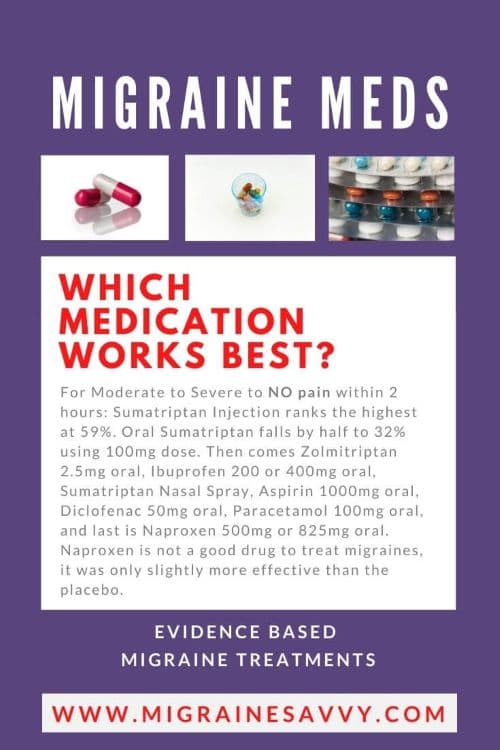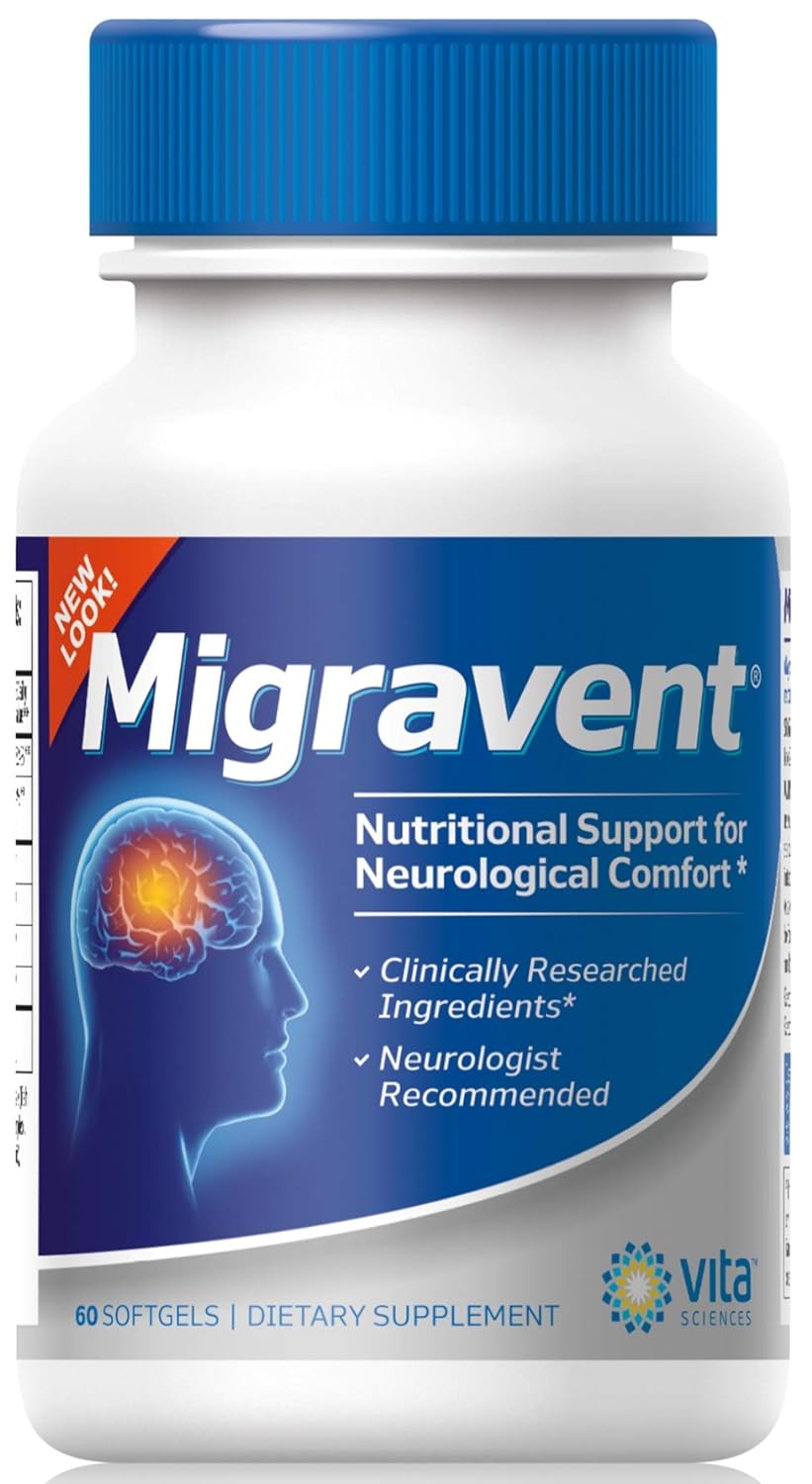Title: An Overview of Optimal Pain Relief Tablets for Migraine
Introduction:
Migraine is a debilitating condition characterized by severe headaches, often accompanied by other symptoms such as nausea, vomiting, and sensitivity to light and sound. One of the most effective strategies for managing migraines is the use of pain relief tablets. This article aims to provide a concise summary of the best pain relief tablets commonly used in the treatment of migraines.
Summary:
There is no universally agreed-upon “best” pain relief tablet for migraines, as individual responses to treatments can vary. However, several medications have shown effectiveness in alleviating migraine symptoms.
1. Triptans: Triptans are a widely prescribed class of medications specifically developed for migraine relief. They work by constricting blood vessels in the brain while also blocking pain signals. Commonly prescribed triptans include sumatriptan, rizatriptan, and eletriptan. These medications can be taken orally, through nasal sprays, or via injections to provide fast-acting relief.
2. Nonsteroidal Anti-Inflammatory Drugs (NSAIDs): NSAIDs such as ibuprofen and aspirin are readily available over-the-counter options that can help manage mild to moderate migraines. These medications work by reducing inflammation and alleviating pain associated with migraines. However, caution should be exercised to avoid excessive or prolonged use, as it may lead to medication-overuse headaches.
3. Diclofenac potassium: This is a prescription-strength NSAID that is effective in treating moderate to severe migraines. Diclofenac potassium tablets provide fast relief by targeting inflammation and pain. These tablets can be taken with or without food, depending on individual preference.
4. Ergotamines: Ergotamine medications, such as ergotamine tartrate combined with caffeine, are an older class of migraine-specific medications. They work by constricting blood vessels and reducing inflammation. However, due to potential side effects and limited availability, ergotamines are usually reserved for patients who do not respond to or cannot tolerate newer treatment options.
Conclusion:
Selecting an appropriate pain relief tablet for migraines should be based on individual symptoms, medical history, and consultation with a healthcare professional. Triptans, NSAIDs, diclofenac potassium, and ergotamines are commonly prescribed options, each with their own set of benefits and considerations. Regular follow-up appointments with healthcare providers are important to monitor effectiveness and make necessary adjustments to achieve optimal pain relief.
What is the most commonly prescribed drug for migraines?
Triptans. Prescription drugs such as sumatriptan (Imitrex, Tosymra) and rizatriptan (Maxalt, Maxalt-MLT) are used to treat migraine because they block pain pathways in the brain. Taken as pills, shots or nasal sprays, they can relieve many symptoms of migraine.Jul 7, 2023

What is the best medication for migraines and headaches?
Acetaminophen (Tylenol), non-steroidal anti-inflammatory drugs (NSAIDs) like aspirin, and caffeine are common ingredients found in OTC migraine products. Some research suggests that the combination of acetaminophen, aspirin, and caffeine (Excedrin Migraine) may work better and faster than other options.

What is the most effective medicine for migraine?
Antinausea or antiemetic drugs: One of the most effective options for migraine episodes is metoclopramide. Beta-blockers: Some, but not all, beta-blockers can help with migraine episodes. They include propranolol, timolol, metoprolol, atenolol, nadolol, and bisoprolol.
What is the best pill for migraines and headaches?
– ibuprofen (brand names Advil® and Motrin®)
– naproxen (brand names Aleve®, Anaprox®, Naprelan®, and Naprosyn®)
– aspirin (brand names Anacin®, Ascriptin®, Bayer®, Bufferin®, Excedrin®, and Ecotrin®)
How do you fix not being able to turn your neck?
– Rolling your shoulders backward and then forward in a circle.
– Pressing your shoulder blades together lightly, holding the position for a few seconds, and then repeating.
– Slowly turning your head from side to side, as far as is comfortable.
How long does it take for a stiff neck to go away?
Neck pain caused by muscle tension or strain usually goes away on its own within a few days. Neck pain that continues longer than several weeks often responds to exercise, stretching, physical therapy and massage. Sometimes, you may need steroid injections or even surgery to relieve neck pain.

How long does a strained neck last?
Most symptoms of neck sprain or strain will go away in 4 to 6 weeks. However, severe injuries may take longer to heal completely. If you injure your neck during athletic competition, you may not return to sport until your symptoms have resolved (gone away completely) and you have received clearance from your doctor.

How do you get rid of neck pain from sleeping wrong?
Remedies for a Stiff Neck After Waking Up Ice applications tend to be best for 10 to 20 minutes at a time. Heat therapy, such as taking a warm shower or using a heating pad, helps loosen and relax the muscles, which may also reduce pain and improve range of motion.
How do you relieve neck pain if you cant turn your head?
One of the best ways to loosen stiff neck muscles is with gentle heat. You may wrap a heating pad in a towel and place it on your neck. Or you may stand under a warm shower for a few minutes to loosen tight neck muscles. Once your muscles are warm, give yourself a gentle neck massage or ask a partner to do it.



